Negative emotions are part and parcel of the human experience, yet dealing with them constructively is a challenge many of us face daily. Whether it’s stress from work, feelings of resentment, anxiety, or sudden bouts of anger, these emotions can weigh heavily on our mental and physical well-being. As someone deeply committed to wellness and balance, I understand the importance of mastering how to deal with negative emotions effectively. By learning to manage these feelings, we’re better positioned to maintain mental clarity, improve relationships, and foster overall happiness.
In this detailed article, I’ll walk you through six proven strategies to help you identify, understand, and master your negative emotions. We’ll explore mindfulness practices, cognitive-behavioral approaches, self-care routines, the use of wearable technology, emotional intelligence development, and when to seek professional support. Along the way, I’ll share useful tools and resources—like the Headspace and Calm meditation apps, the Fitbit Charge 5 stress tracker, the Muse S 2 meditation headband, and self-care subscription boxes like TheraBox—that can seriously support your journey to emotional wellness.
If you’ve been wondering how to deal with negative emotions naturally and sustainably, stick with me. By the end of this article, you’ll have actionable insights and practical techniques tailored for wellness-focused individuals seeking stress relief and emotional balance.
Understanding Negative Emotions: The First Step to Wellness
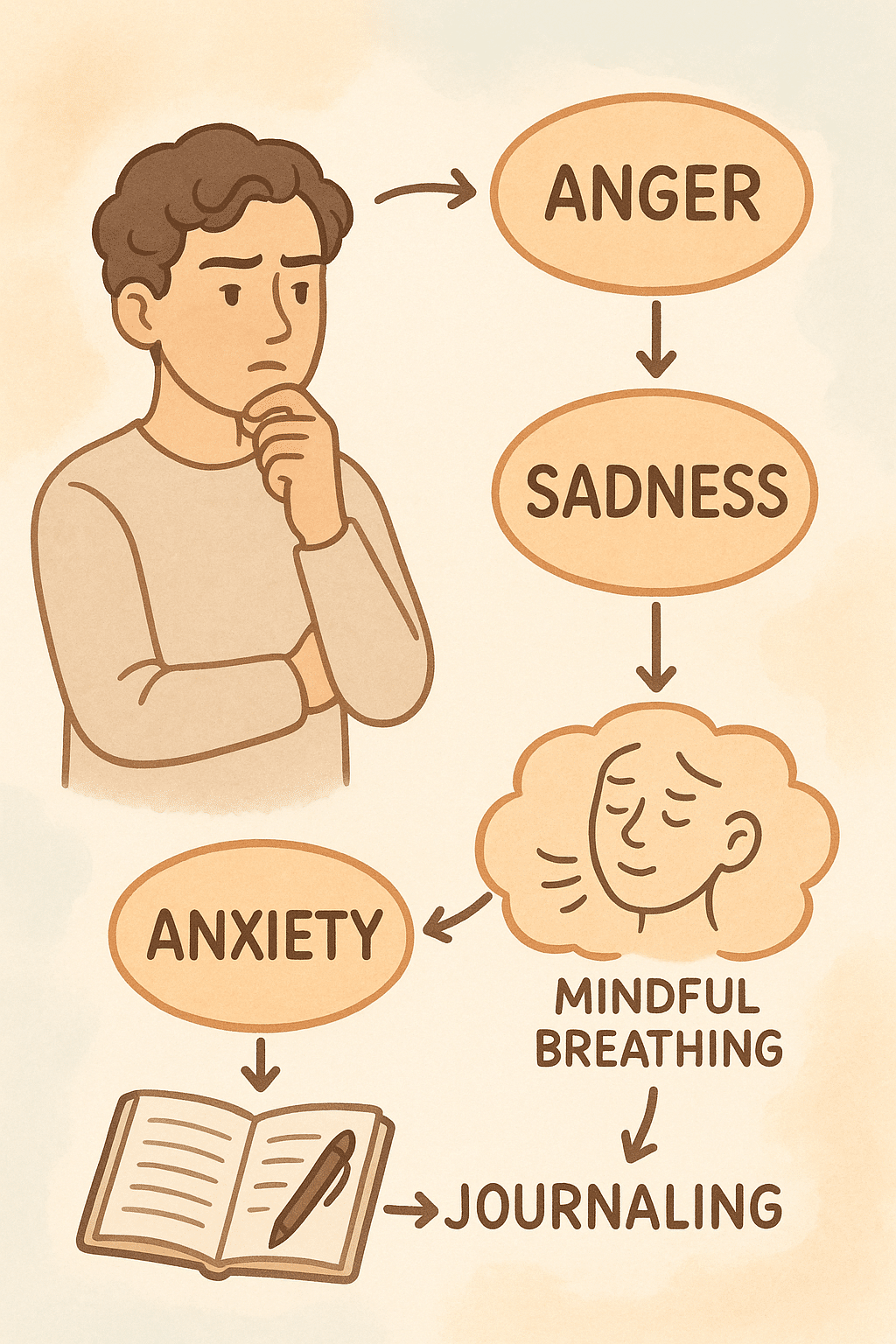
What Are Negative Emotions and Why They Matter
First off, let’s clarify what I mean by negative emotions. These include feelings like anger, sadness, fear, jealousy, guilt, and frustration. Though tagged “negative,” they aren’t inherently bad. In fact, they serve crucial functions, alerting us to needs, boundaries, or situations requiring attention or change. For example, anger can signal injustice or violation of personal space, while sadness may prompt rest and reflection.
However, when negative emotions become overwhelming, frequent, or unmanaged, they can lead to chronic stress, unhealthy behaviors, and emotional burnout. Studies show that persistent negative emotional states can deteriorate physical health, weaken immune response, and impair cognitive functions. Therefore, understanding these emotions’s roots and functions is vital to moving from reactivity toward regulation and resilience.
Common Triggers and How They Affect Your Stress Levels
Triggers for negative emotions vary widely between individuals. Common ones include interpersonal conflicts, financial pressures, health issues, or feeling overwhelmed by daily responsibilities. Let me give you a real-life example: A colleague’s harsh email might trigger irritation or anxiety that peaks and colors your whole day.
Physiologically, triggers activate the body’s stress response—also known as the “fight, flight, or freeze” reaction—leading to increased heart rate, cortisol release, and heightened alertness. While this response is useful in emergencies, chronic activation can exhaust your body and mind, making emotion regulation harder.
Awareness of your unique triggers helps in anticipating emotional patterns rather than being caught off guard. This level of self-knowledge builds the foundation for effective management techniques.
The Role of Emotional Awareness and Recognition
Emotional awareness—being able to identify and name your feelings—might seem like a small step, but it’s a game changer. In practice, pausing throughout your day to ask, “What am I feeling right now?” helps you detach from the intensity and observe emotions from a distance.
Emotional recognition gives you the power to choose your response rather than reacting impulsively. This shift from automatic to conscious reaction is the crux of all emotional regulation strategies you’ll encounter throughout this article.
Way 1: Practicing Mindfulness and Meditation for Emotional Regulation
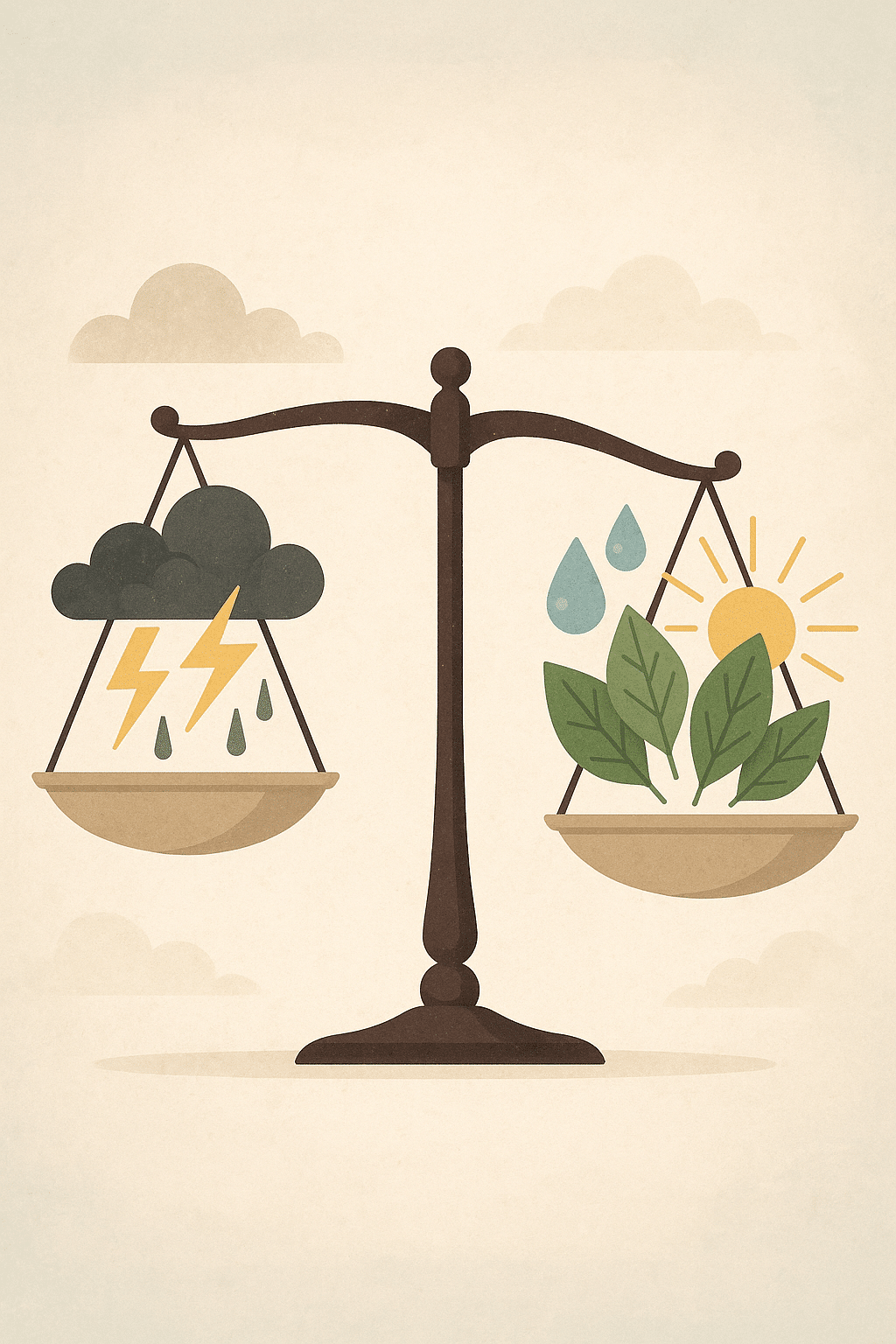
Mindfulness is all about staying grounded in the present moment with curiosity and acceptance. Over the years, I’ve seen how even a few minutes of mindfulness exercises can calm the mind and decrease emotional turbulence.
Mindfulness Exercises to Release Negative Emotions
Simple practices like deep breathing, body scans, or mindful walking effectively reduce stress. One method is the “5-4-3-2-1” grounding technique: identify five things you see, four you touch, three you hear, two you smell, and one you taste. This redirects your attention from an emotional storm to sensory facts.
Another is the “RAIN” technique—Recognize, Allow, Investigate, and Nurture your feelings. When anger or sadness arises, rather than pushing those emotions away, RAIN encourages you to name the feeling, let it exist without judgment, investigate its roots gently, and then soothe yourself compassionately.
Using Meditation Apps for Consistent Practice (Headspace and Calm Premium)
Consistency is key in mindfulness. Apps like Headspace and Calm Premium offer a rich variety of guided meditations tailored for emotional regulation, anxiety relief, and sleep improvement.
-
Headspace: Offers an annual subscription at $69.99 with a 14-day free trial, granting full access to guided meditations, sleep sounds, and mindful movement exercises. It’s perfect for establishing a routine with beginner-friendly sessions and daily reminders.
-
Calm: Also priced at $69.99 per year, Calm’s Premium includes sleep stories, breathing programs, and meditation classes from experts. It provides a family plan for multiple users, promoting shared wellness journeys.
Using these apps regularly can improve your emotional resilience by training your brain toward calmness and awareness.
Breathwork and Body Awareness to Manage Emotional Responses
Breath is a direct link between body and mind. When anxiety hits, breathing often becomes shallow, feeding the stress cycle. Conscious breathwork—like box breathing (inhale 4 seconds, hold 4, exhale 4, hold 4)—activates the parasympathetic nervous system, bringing you back to a relaxed state quickly.
Body awareness practices, such as gentle yoga or progressive muscle relaxation, help release stored tension from emotional stress. These techniques deepen your connection to your physical self, often neglected during emotional overwhelm.
Incorporating Devices Like Muse S 2 for Biofeedback During Meditation
For tech-savvy wellness enthusiasts, the Muse S 2 Brain Sensing Headband offers real-time feedback on brain waves, heart rate, breathing, and body movements during meditation.
-
Benefits: By seeing your brain’s response to meditation instantly, you can fine-tune your practice for maximum stress relief and emotional balance.
-
Usage: The headband guides you to focus, helping reduce negative thoughts and deepen relaxation.
-
Investment: At around $250–$400 depending on the vendor, it’s an investment for those committed to mastering mindfulness with the aid of cutting-edge biofeedback.
Way 2: Building Resilience Through Cognitive and Behavioral Strategies
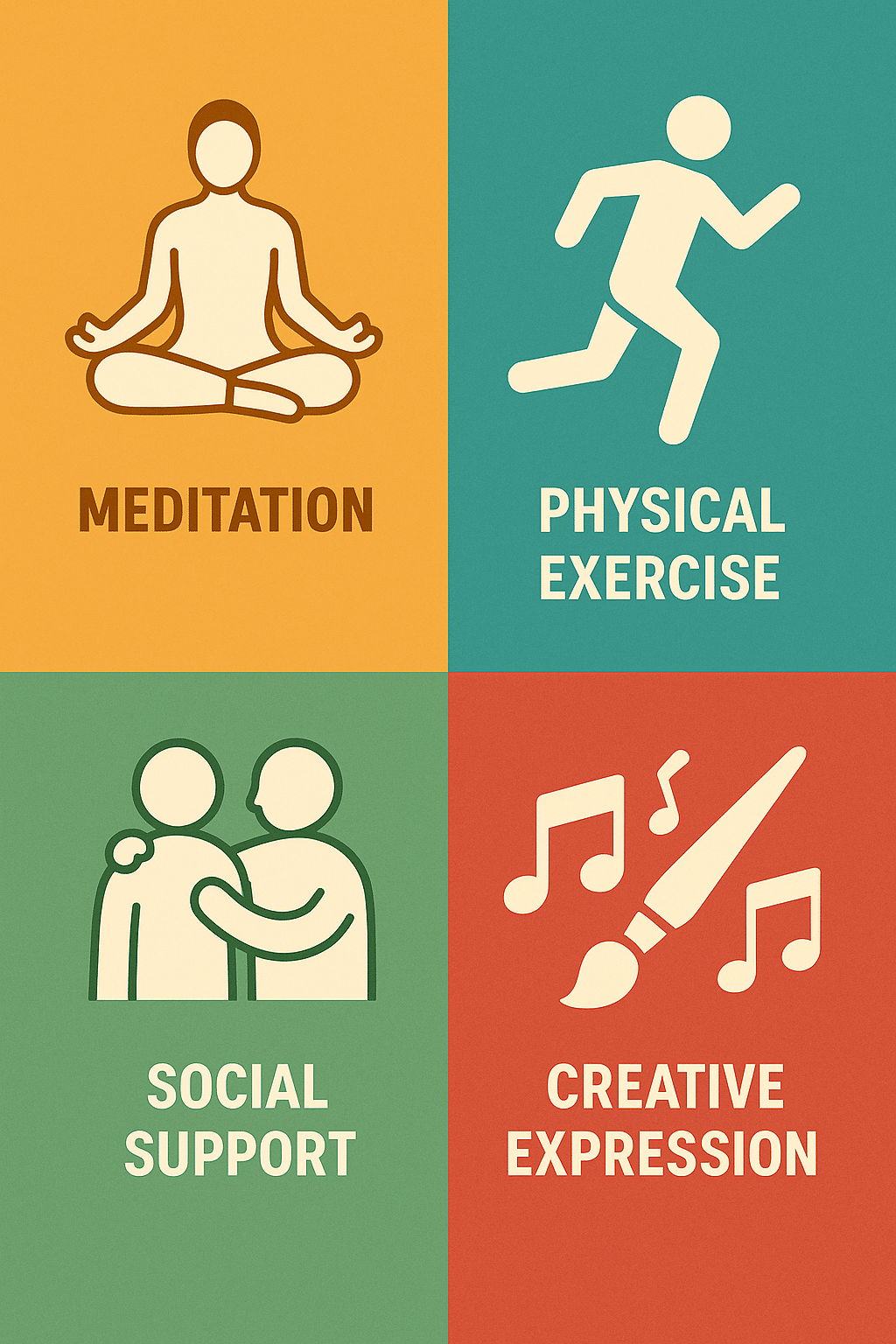
Cognitive and behavioral techniques (CBT) equip you with the tools to objectively examine and reframe negative thoughts that fuel emotional distress.
Identifying and Reframing Negative Thought Patterns
Negative emotions often stem from distorted thinking—catastrophizing, black-and-white thinking, or personalization. For instance, after a critical comment, you might think, “I’m terrible at my job,” which spirals into anxiety.
The first step is to catch these thoughts as they emerge. Ask yourself questions like, “Is this thought based on fact or feeling?” or “What evidence counters this belief?” By consciously challenging and adjusting these perspectives, you can reduce their emotional intensity.
Using Journaling Tools Such As The Five Minute Journal for Emotional Clarity
Journaling is a powerful tool to externalize emotions and identify patterns. The Five Minute Journal focuses on gratitude and positive reflection with daily prompts that take just minutes.
-
Why It Works: Encourages mindfulness and emotional processing while fostering a positive shift in mindset.
-
Structure: Morning prompts for setting intentions and gratitude, evening prompts for reflection.
-
User Experience: Many report improved mood, clarity, and decreased rumination by using it consistently.
For busy individuals seeking structure, this journal offers a practical and approachable solution to manage negative emotions.
Techniques for Healthy Emotional Expression and Communication
Emotional suppression can increase stress and disconnect you from others. Healthy expression might include:
-
Verbalizing Feelings: Speaking openly with trusted friends or family.
-
Artistic Outlets: Drawing, music, or creative writing to channel emotions constructively.
-
Boundary Setting: Clearly communicating your limits to reduce emotional triggers.
Learning assertive communication reduces misunderstandings and helps you process emotions before they become overwhelming.
Way 3: Engaging in Self-Care and Relaxation Activities to Restore Balance
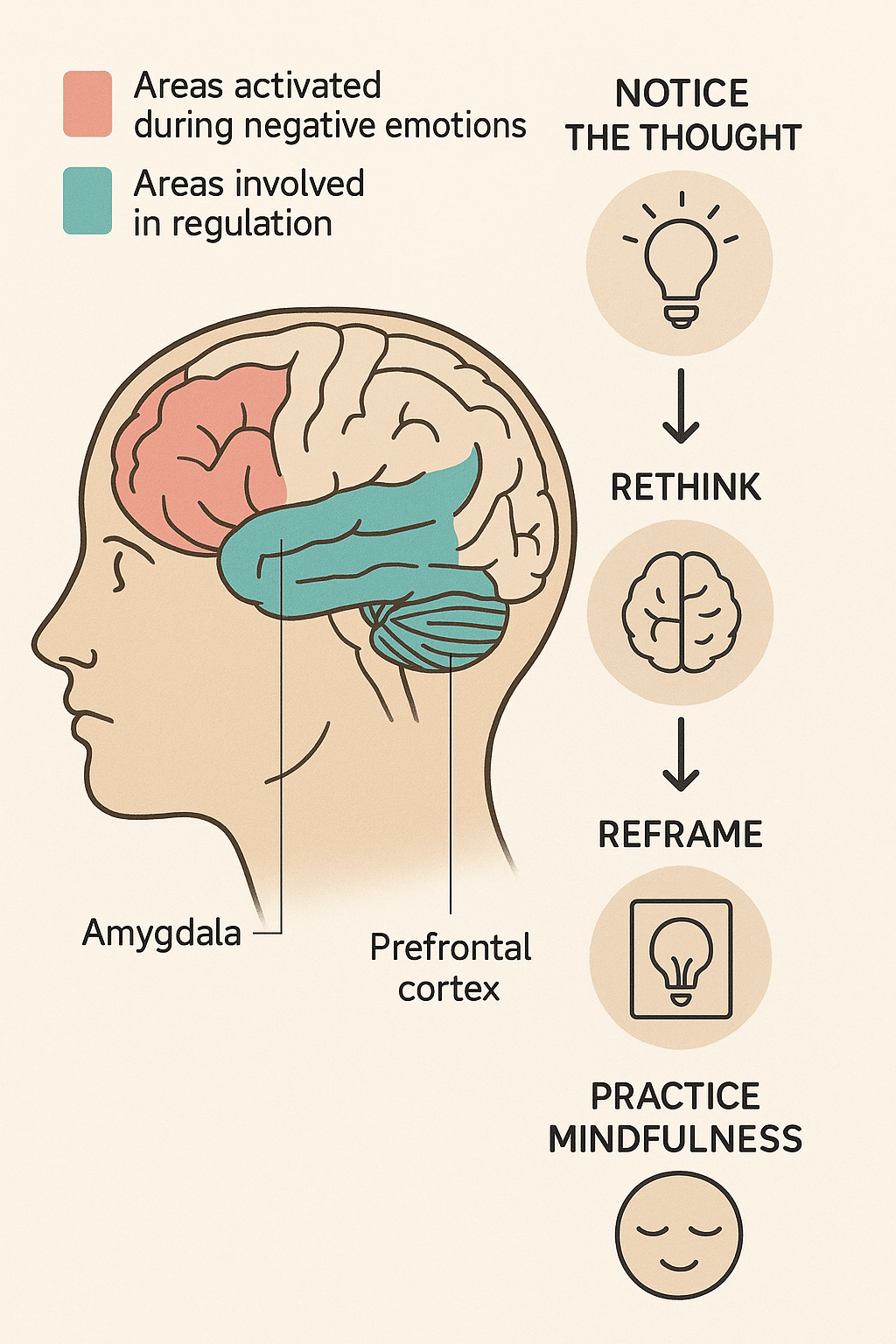
Self-care isn’t just pampering—it’s a vital strategy backed by science for emotional regulation and stress relief.
The Science Behind Self-Care’s Role in Stress Reduction
Engaging in self-care activities triggers relaxation responses, lowering cortisol and adrenaline levels. Physical activities release endorphins, neural chemicals that promote happiness and reduce pain perception.
Regular self-care improves resilience, sleep, and immune function—all crucial to weather life’s emotional storms.
Subscribing to Self-Care Boxes Like TheraBox for Motivated Wellness Practices
If you’re looking for curated self-care, TheraBox provides monthly wellness boxes with activities and products designed to boost joy and calm.
-
Content: Each box contains 6-8 full-sized wellness items inspired by neuroscience and positive psychology, including aromatherapy, skincare, and mindfulness exercises.
-
Pricing: Subscriptions start at $34.99 per box for yearly plans, making it an affordable monthly nudge toward self-care consistency.
-
User Reviews: Subscribers praise TheraBox for helping them establish a positive routine and discover new relaxation techniques.
Incorporating Physical Activities and Relaxation Techniques
Movement and relaxation techniques go hand-in-hand:
-
Physical Activities: Moderate exercises like walking, yoga, or tai chi lower stress hormones.
-
Relaxation: Taking baths, listening to calming music, or practicing guided imagery promote mental unwinding.
Scheduling these activities regularly replenishes your mental and emotional reserves.
Way 4: Utilizing Wearable Technology to Monitor and Manage Stress
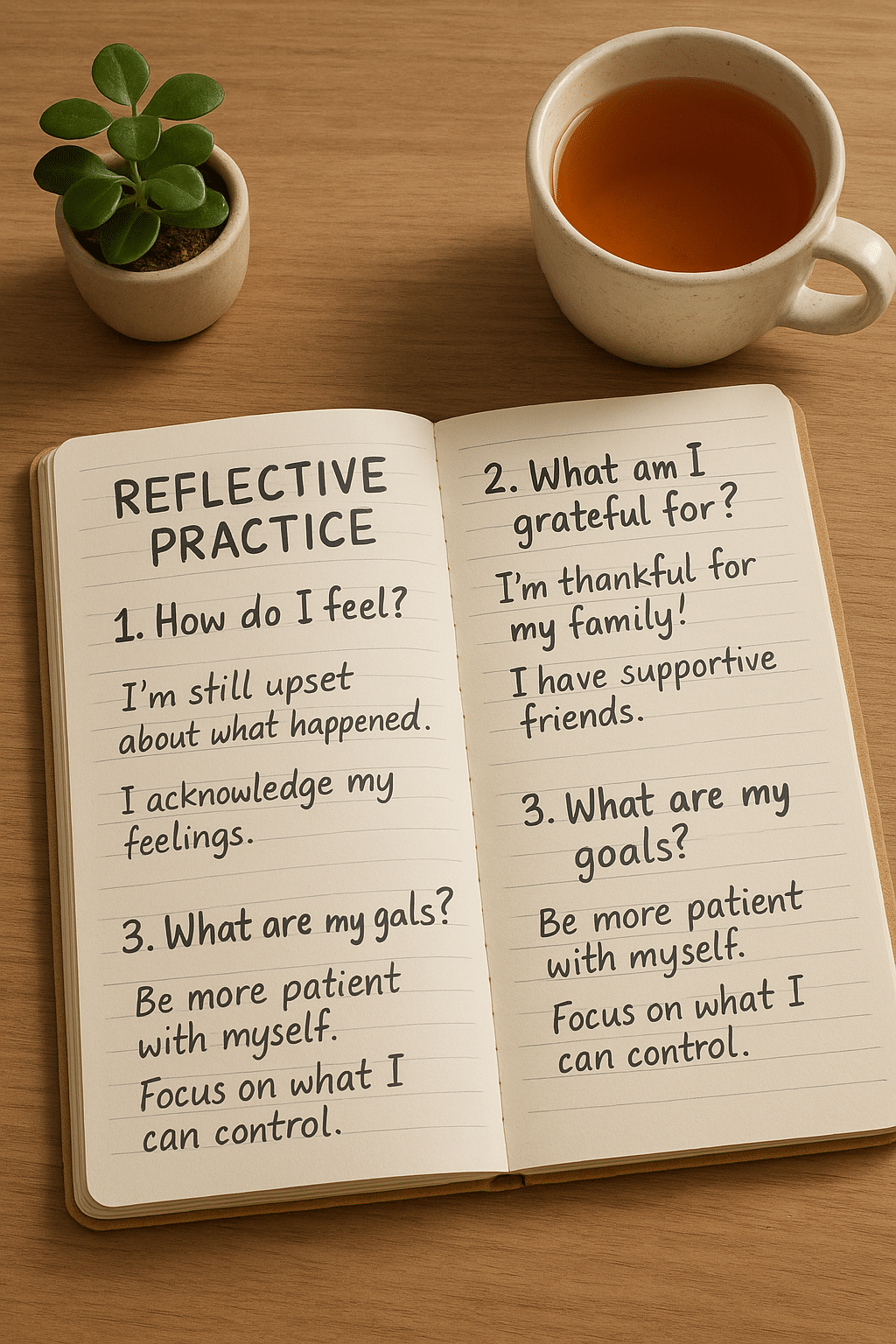
Wearables have revolutionized self-monitoring by providing data-driven insights into stress and emotional health.
How Fitbit Charge 5 Tracks Stress and Sleep Patterns to Inform Wellness Choices
The Fitbit Charge 5 goes beyond standard fitness tracking by integrating stress management:
-
EDA Sensor: Measures electrodermal activity indicating stress responses, showing real-time stress levels.
-
Sleep Score and Tracking: Offers detailed insights into sleep quality and stages, crucial for emotional recovery.
-
Daily Readiness Score: Combines activity, heart rate variability, and sleep data to advise if you should push for a workout or prioritize rest.
-
Heart Rate Monitoring & GPS: Enable you to track physical activity’s impact on mood and stress.
Incorporating Data-Driven Insights into Daily Stress-Relief Routines
Armed with this data, you can personalize your stress management strategies:
-
Notice patterns between poor sleep and increased irritability.
-
Use mindfulness app sessions when Fitbit signals high stress.
-
Adjust workouts based on readiness scores to avoid over-training, which can exacerbate negative emotions.
Wearable tech fosters self-awareness and informed decision-making—cornerstones in mastering emotional health.
Way 5: Developing Emotional Intelligence and Compassionate Self-Reflection
Emotional intelligence (EI) empowers you to understand and regulate internal feelings and navigate interpersonal dynamics with empathy.
Practicing Self-Compassion to Soften Negative Emotions
Self-compassion involves treating oneself kindly in the face of failure or suffering, rather than harsh self-criticism.
Practical ways to cultivate self-compassion include:
-
Mindful Self-Talk: Replace “I’m useless” with “I’m going through a tough time, but I’m doing my best.”
-
Self-Soothing Techniques: Using comforting gestures (e.g., placing a hand over your heart) during emotional distress.
Research demonstrates that self-compassion lowers anxiety and depression, acting as a buffer against negative emotion intensities.
Cultivating Compassion Towards Others to Enhance Emotional Well-Being
Extending kindness to others builds social connection and reduces feelings of isolation.
-
Volunteer work or simple acts of kindness activate reward centers in the brain.
-
Practicing empathy reduces judgmental thoughts that often accompany negative emotions.
Emotional balance grows with deepened interpersonal connection.
Tools and Exercises to Enhance Emotional Intelligence
Exercises to improve EI include:
-
Active Listening: Fully concentrate on the speaker without preparing your response.
-
Journaling on Emotional Triggers: Reflect on what evokes strong emotions and explore underlying causes.
-
Perspective-Taking: Imagine situations from multiple viewpoints to broaden understanding.
Developing EI is a lifelong journey but immeasurably increases emotional regulation capabilities.
Way 6: Seeking Professional Support and Creating a Sustainable Emotional Care Plan
Even with the best tools, sometimes professional guidance is necessary.
Understanding When to Seek Counseling or Therapy
If negative emotions interfere significantly with daily life—affecting work, relationships, sleep—or lead to hopelessness, seeking help is a wise step.
Therapies such as Cognitive Behavioral Therapy (CBT), Dialectical Behavior Therapy (DBT), and Acceptance Commitment Therapy (ACT) provide structured approaches to tackle emotional distress.
Combining Professional Help with Daily Wellness Routines
A therapist can tailor approaches and help identify blind spots, while daily mindfulness and self-care solidify new habits.
Incorporating app-based guided exercises, journaling, and wearable data tracking into sessions creates a powerful synergy of insight and action.
Maintaining Emotional Balance Long-Term Through Continuous Learning
Emotional health isn’t a destination but an ongoing practice. Attending workshops, reading, or engaging with wellness communities keeps skills sharp and motivation high.
By integrating professional input and personal strategies, you build a sustainable emotional care plan.
Unique Perspective: Integrating Technology, Mindfulness, and Positive Psychology for Holistic Emotional Health
Why Combining High-Tech Tools with Mindfulness and Gratitude Creates Lasting Change
Harnessing technology like Muse S 2 and Fitbit Charge 5 with mindfulness apps (Calm, Headspace) and gratitude journaling (Five Minute Journal) forms a comprehensive wellness ecosystem.
-
Biofeedback refines meditation quality.
-
Wearables provide objective stress data.
-
Guided apps teach emotional regulation skills.
-
Journaling cultivates positive cognitive shifts.
The convergence of these modalities addresses mind and body holistically, creating lasting emotional resilience.
The Future of Emotional Wellness: Personalized, Data-Informed Self-Care
As wearables and apps evolve, emotional health care becomes increasingly personalized, adapting to your unique rhythms and responses.
Imagine receiving meditations tailored to your stress levels daily or self-care prompts based on sleep quality and heart rate variability.
This fusion empowers wellness-focused individuals like you to take full command over your emotional landscape.
FAQs
Q1: How can I deal with negative emotions naturally without medication?
A1: Natural ways include mindfulness meditation, breathwork, physical exercise, journaling, and maintaining social connections. Apps like Headspace and Calm can guide you through natural practices that regulate emotions without pharmaceuticals.
Q2: What are effective ways to manage intense emotional stress?
A2: Techniques include deep breathing exercises, cognitive reframing of negative thoughts, regular physical activity, and using stress trackers like Fitbit Charge 5 for data-driven management. Professional counseling may also be necessary for severe stress.
Q3: How do I stop dwelling on negative emotions repeatedly?
A3: Practicing mindfulness helps you observe thoughts without attachment. Cognitive techniques such as challenging negative thought patterns, journaling, and shifting focus to gratitude using tools like The Five Minute Journal also help break the cycle.
Q4: Can wearable technology really help with emotional regulation?
A4: Absolutely. Devices like the Muse S 2 and Fitbit Charge 5 provide biofeedback and stress tracking, offering real-time insights that make emotional states more tangible and manageable.
Q5: When should I consider professional therapy for negative emotions?
A5: If negative emotions persistently impair your daily functioning, relationships, or cause thoughts of self-harm, professional therapy is strongly recommended. Therapy provides personalized strategies and support that complement self-help tools.
Quick Takeaways / Key Points
- Recognize that negative emotions are natural signals, not enemies, and understanding them is the first step toward wellness.
- Mindfulness and meditation, supported by apps like Headspace and Calm, are effective for regulating emotions.
- Cognitive-behavioral strategies, such as journaling with The Five Minute Journal, help reframe negative thinking.
- Engaging in regular self-care, including curated options like TheraBox, supports emotional balance and stress relief.
- Wearable technology like Fitbit Charge 5 and Muse S 2 enhances awareness through biofeedback and stress monitoring.
- Developing emotional intelligence and practicing self-compassion strengthens your ability to handle negative emotions.
- Professional support can provide personalized care—integrate this with daily routines for sustainable emotional health.
Conclusion
Mastering how to deal with negative emotions is essential for anyone dedicated to wellness, stress relief, and life balance. From mindfulness meditation to cognitive restructuring, wearable technology, and professional guidance, there’s a rich toolkit available to support you.
I encourage you to explore a combination of these strategies, tailoring them to your lifestyle and preferences. Maybe start with a meditation app like Headspace or Calm for daily mindfulness, add journaling through The Five Minute Journal, and track your progress with Fitbit Charge 5. The beauty lies in consistent practice and openness to learning.
Remember, emotional mastery isn’t about avoiding negative feelings but engaging with them skillfully and compassionately. By doing so, you pave the way for a more joyful, resilient, and balanced life. So, why not take the first step today? Commit to one practice, be patient with yourself, and watch as your emotional world transforms.

